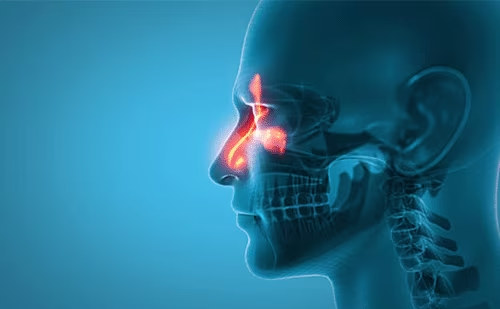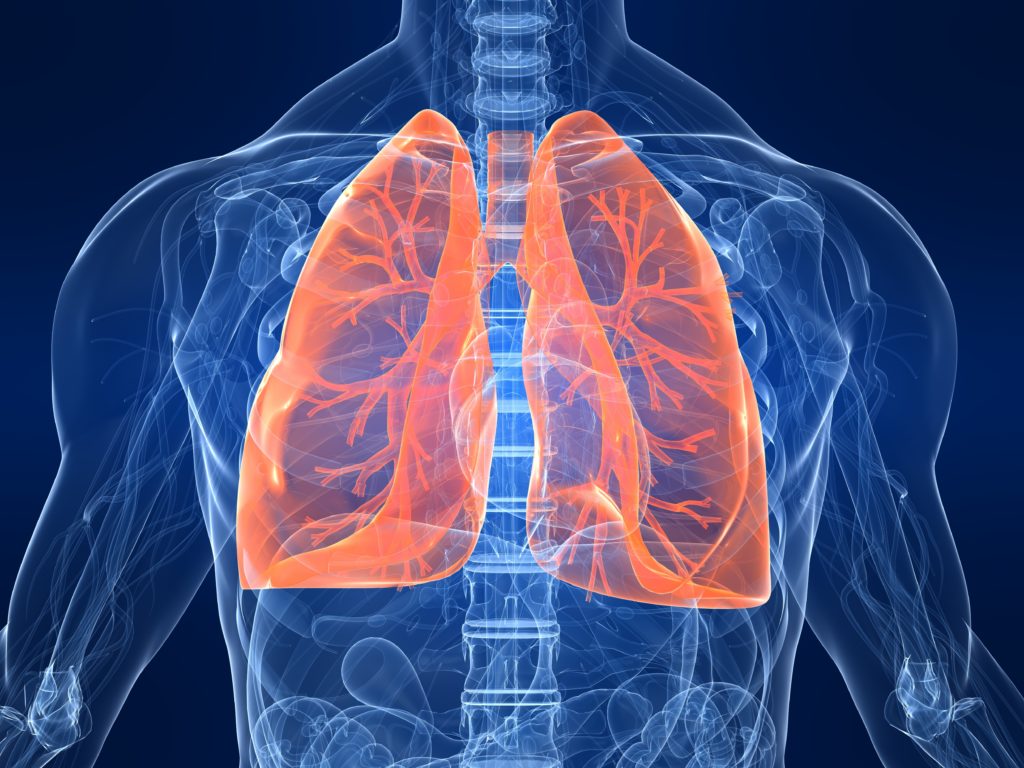Search Results
Showing Results for randomized clinical trial

GREAT-2 was a phase II, placebo-controlled trial evaluating gremubamab, a bispecific monoclonal antibody, for chronic Pseudomonas aeruginosa infection in bronchiectasis. As part of our ATS 2025 coverage, Dr Merete Long discusses how this targeted therapy disrupts the vicious cycle of infection and inflammation, trial outcomes including significant bacterial load reduction and improved quality of life, and the broader implications for future treatment strategies.

In this Q&A, Professors David Price and David Halpin discuss their ATS 2025 abstract on improving COPD outcomes through a digital adherence support package. They explore the MAGNIFY trial's design, including how an EMR-driven algorithm identified high-risk patients and how a pharmacist-led intervention combined with a digital inhaler device significantly reduced treatment failure in a real-world primary care setting.

As part of our EAACI 2025 coverage, we spoke with Dr Eugenio De Corso (Catholic University of the Sacred Heart, Milan) around the EVEREST trial, a phase 4 head-to-head study comparing dupilumab and omalizumab in patients with severe CRSwNP and coexisting asthma. Dr De Corso explores the study’s methodology, key findings, and implications for clinical practice in managing this challenging patient population.

#AAAAI2025: Must-know Updates in Chronic Rhinosinusitis - Key Data from the AAAAI/WAO Joint Congress
The 2025 AAAAI and WAO joint congress highlighted advances in chronic rhinosinusitis (CRS) treatment. Notable studies presented positive results for novel biologic therapies, including tezepelumab, depemokimab and mepolizumab for chronic rhinosinusitis with nasal polyps (CRSwNP), and dupilumab for chronic rhinosinusitis without nasal polyps (CRSsNP). These findings highlight significant advancements in symptom management, offering hope for improved patient outcomes and reduced treatment burdens.

Asthma affects nearly 300 million people worldwide.1 Despite a notable decline in age-standardized prevalence, mortality and disability-adjusted life years over the past three decades, the burden of asthma remains high in many countries including low-middle-income countries.2 Climate change is also predicted ...

Although there is limited evidence on the link between interstitial lung disease (ILD) and malnutrition, malnourished patients tend to have shorter survival rates, regardless of disease severity. A late-breaking abstract presented at ERS 2024 titled “Dietetic intervention in malnourished patients with interstitial lung disease (ILD): a pilot trial” investigated whether dietitian involvement could provide meaningful benefits to these patients, potentially laying the groundwork for further research and future clinical guidelines.

The BETTER-B study, recently presented at ERS and published in The Lancet Respiratory Medicine, provided new insights into the management of severe breathlessness in patients with chronic respiratory diseases such as COPD and Interstitial Lung Disease (ILD). Severe breathlessness is a debilitating symptom that significantly impacts the quality of life for millions of people worldwide, yet there are currently no licensed medications to effectively address it outside of Australia. Given the clinical challenges and limited treatment options, clinicians often resort to off-label use of medications like mirtazapine, a widely prescribed antidepressant that appeared promising. Despite its initial promise, the study found that doses ranging from 15 to 45 mg of mirtazapine failed to provide significant relief compared to a placebo. Additionally, the findings highlighted potential adverse effects and increased healthcare costs associated with its use.

The nasal airway serves as the primary entry point of air and oxygen into the body. It serves critical functions, such as providing a physical barrier against external irritants and pathogens and warming and humidifying incoming air.1 Consequently, disorders of ...

Pentraxin-2 is a member of the pentraxin family of proteins, which includes C-reactive protein (CRP), pentraxin-2 and pentraxin-3.1–3 When initially discovered and characterized, pentraxin-2 was known as serum amyloid P (SAP) due to its isolation from amyloid deposits in humans; ...

Paediatric sleep-disordered breathing Sleep-disordered breathing (SDB) is defined as the disruption of normal respiration and ventilation while asleep.1 SDB encompasses multiple sleep disturbances, ranging from mild snoring to obstructive sleep apnoea (OSA).1,2 OSA is characterized by episodic partial or complete ...

Interstitial lung diseases (ILDs) are a heterogeneous group of disorders characterized by inflammation and/or fibrosis.1 Pulmonary fibrosis develops due to repeated cycles of injury and impaired repair with fibroblast activation and migration with the resultant deposition of extracellular matrix ...

Acute exacerbations of chronic obstructive pulmonary disease (AECOPD) are the dominant cause of the worsening and high mortality of chronic obstructive pulmonary disease (COPD), and are associated with higher healthcare costs as part of COPD management. AECOPD is characterized by ...

Lung cancer accounts for the highest cancer-related mortality and is the second most common cause of malignancy worldwide.1 Diagnosis at an early stage (ES) has a direct effect on management and survival rates. Overall, the 5-year survival rate from 2013 to 2019 ...

CLEAN-PCD is a phase 2 randomized, double-blind, placebo-controlled crossover trial investigating the efficacy and safety of idrevloride in primary ciliary dyskinesia (PCD). It was a pleasure to talk with Dr. Thomas Ferkol (UNC Department of Pediatrics, Chapel Hill, NC, USA) around ...

COUGH 1 and COUGH 2, were randomized, double-blind, placebo-controlled phase 3 trials, that investigated gefapixant for the treatment of refractory or unexplained chronic cough. It was a pleasure to speak with Dr. Imran Satia (McMaster University, Hamilton, ON, Canada) around his analysis of ...

Chronic cough is a cough that lasts 8 weeks or longer and is not due to serious underlying conditions. It is a common problem in primary care, accounting for up to 40% of referrals to pulmonologists.1 Common causes include rhinosinusitis, cough-variant asthma, ...

Gefapixant is a P2X3 antagonist that was recently studied in two phase 3 randomized controlled trials, COUGH-1 and COUGH-2, and is currently under regulatory review in Europe. In this interview, we were delighted to speak with Elena Kum (McMaster University, ...

Asthma is a heterogeneous disease with notable variation in its clinical course and response to treatment. Despite management with standard-of-care therapies, a proportion of patients remain uncontrolled and at risk of life-threatening exacerbations and disease worsening. Advances in understanding the ...
Latest articles videos and clinical updates - straight to your inbox
Log into your Touch Account
Earn and track your CME credits on the go, save articles for later, and follow the latest congress coverage.
Register now for FREE Access
Register for free to hear about the latest expert-led education, peer-reviewed articles, conference highlights, and innovative CME activities.
Sign up with an Email
Or use a Social Account.
This Functionality is for
Members Only
Explore the latest in medical education and stay current in your field. Create a free account to track your learning.

